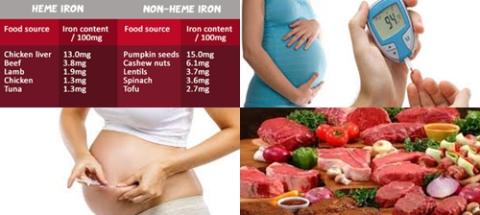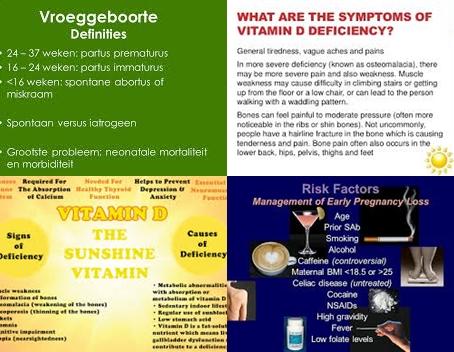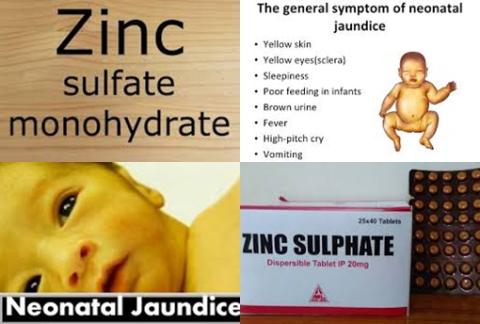Breastfeeding during 6-9 months reduces risk of endometrial cancer
Objectives:
Does breastfeeding reduce risk of endometrial cancer?
Study design:
This review article included individual-level data from 3 cohort and 14 case-control studies, with a total of 8,981 women with endometrial cancer and 17,241 women in a control group.
Results and conclusions:
The investigators found ever breastfeeding was associated with an 11% reduction in risk of endometrial cancer [pooled OR = 0.89, 95% CI = 0.81-0.98].
The association with ever breastfeeding was not explained by greater parity and did not vary notably by body mass index or histologic subtype (grouped as endometrioid and mucinous compared with serous and clear cell).
The investigators found longer average duration of breastfeeding per child was associated with lower risk of endometrial cancer, although there appeared to be some leveling of this effect beyond 6-9 months.
The investigators concluded that reducing endometrial cancer risk can be added to the list of maternal benefits associated with breastfeeding. Ongoing promotion, support and facilitation of this safe and beneficial behavior might therefore contribute to the prevention of this increasingly common cancer.
Original title:
Breastfeeding and Endometrial Cancer Risk: An Analysis From the Epidemiology of Endometrial Cancer Consortium by Jordan SJ, Na R, […], Webb PM.
Link:
https://www.ncbi.nlm.nih.gov/pubmed/28486362
Additional information of El Mondo:
Find more information/studies on cancer and pregnancy right here.






